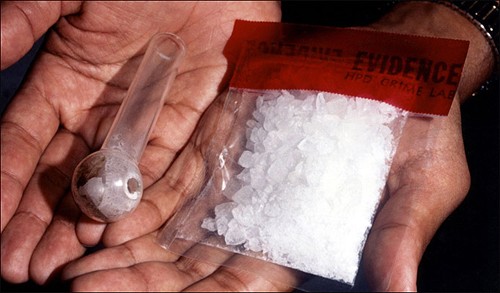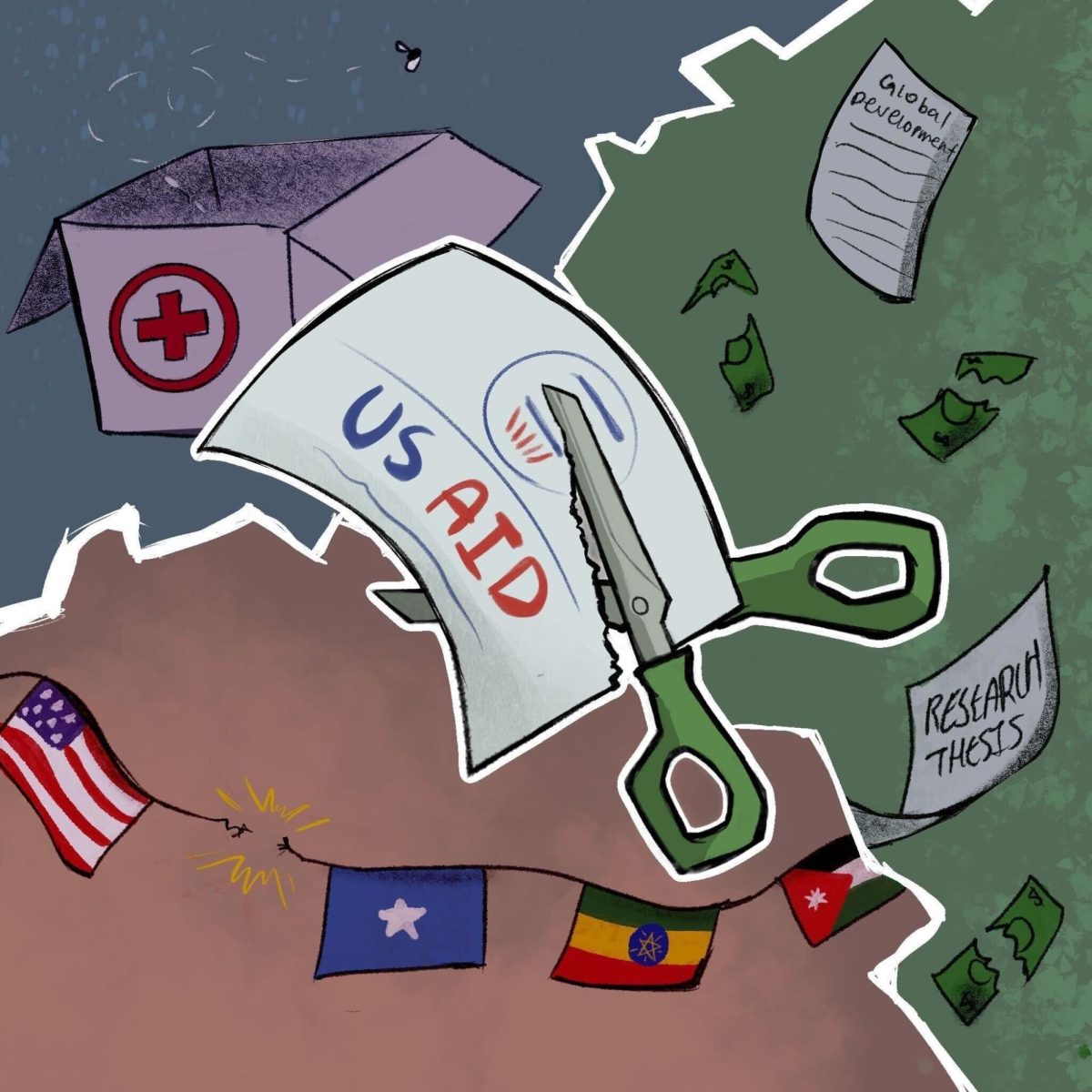Assistant professor James Cunningham of Family and Community Medicine has set himself apart from the average UA researcher by having two three-year pioneering research studies published almost simultaneously in Addiction, the top journal of his field.
Cunningham, a social psychologist, drug researcher and father, started his study with drugs, specifically methamphetamine, in the early 1990s with a research grant.
After two pioneering studies about hospital releases and arrest records related to methamphetamine, Cunningham had started to prove what a 2001 National Drug Enforcement Agency report said was impossible; he, along with others, proved that drug legislation could in fact affect the consumption of a drug — in this case, meth.
“”Back then it was a radical notion,”” said Cunningham of his research.
Methamphetamine, or meth, is a drug produced using pseudoephedrine and ephedrine, which are found commonly in sinus and cold medication. Meth use was on the rise in the 1980s and part of the ‘90s, but over the past 15 years, some of the drug’s negative effects — such as rehab admissions or arrests related to its use — have actually decreased, according to Cunningham’s research.
Cunningham attributes this drop to structured regulation throughout the drug system of North America, which includes the production, exportation and consumption of drugs throughout Mexico, Canada and the United States.
With research like Cunningham’s, organizations like the Arizona Meth Project have sound enough footing to pursue their goals of continued reduction of meth use.
On the Arizona Meth Project’s website, Janet Napolitano, U.S. Secretary of Homeland Security, notes that “”Arizona faces a methamphetamine crisis. … Although we have made positive strides, methamphetamine remains a grave problem.””
The regulations on meth have already lowered the potency of the drug, a mark of both this study and his other, about purity and proximity to the border.
“”It’s not about locking up users or repercussions for criminal activity,”” Cunningham said. “”It’s agreements between governments and companies.””
Cunningham notes that more than meth, cocaine continues to plague Tucson, and relates that problem to Tucson’s proximity to the state of Sonora, Mexico, which is known for heavy cocaine trafficking.
The same trend follows the demand for meth in San Diego, and its corresponding Mexican state across the border, Baja California. The same goes with southern New Mexico’s demand for heroin and its growing prevalence in its mirrored Mexican state, Chihuahua.
“”Success builds on success,”” noted Cunningham of the proof of the study. Despite the fact that methamphetamine purity has gone down due to regulation, heroin and cocaine do not show the same downtrend for the same reasons, signaling to Cunningham that a lot more research must be done.
“”Structural prevention doesn’t target the user, it targets the environment in which the user exists,”” said Cunningham of what he feels is one of the most effective ways to affect change in drug use. Structural prevention is the method used to regulate alcohol consumption and sale to minors, as well as tobacco use through taxation and regulation of advertisements.
“”Control of the chemical (used to make each drug) and research on how policy can be evaluated can reduce supply of some of the most dangerous drugs in the world,”” Cunningham said. “”In the absence of data, people aren’t going to be very open.””
He notes that increased cooperation with China and India would help cut the bulk supply of some of the ingredients of these harmful drugs.
Although Cunningham remained excited about his various publications in Addiction, he will not be resting on his laurels.
Despite the continued funding from Fulbright grants, which allowed these two studies to be completed, Cunningham continues to apply for more money and more opportunities to dispel drug myths, and hopefully reverse illicit drug use.
“”It may seem pie in the sky,”” Cunningham said. “”But (this research) has powerful impacts on the public health of our community.””








